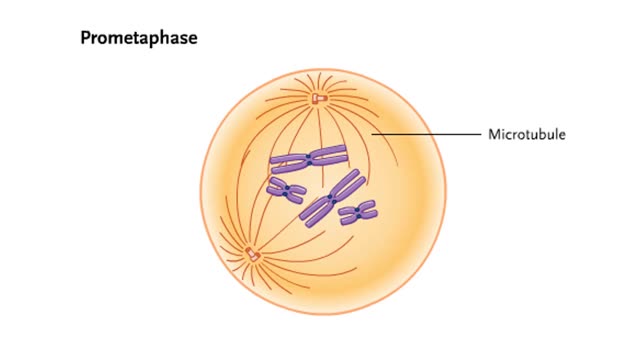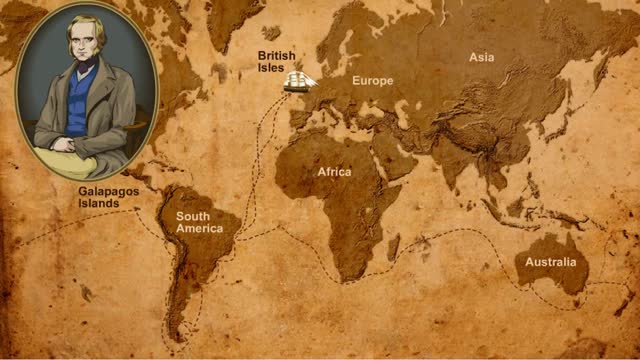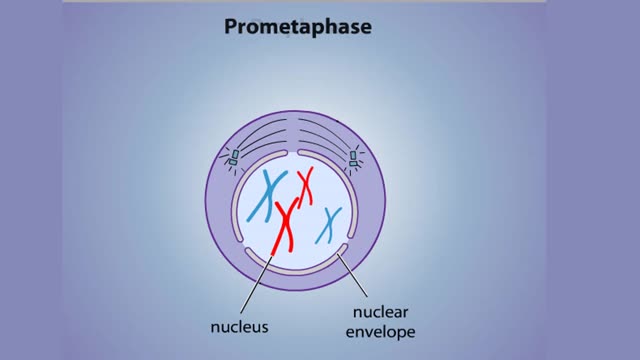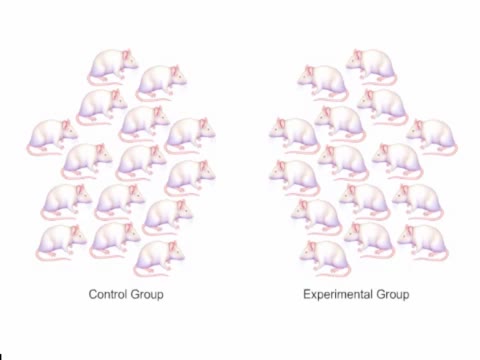Four Giant Convection Cells oF Earth
By: HWC
Date Uploaded: 07/21/2020
Tags: homeworkclinic.com Homework Clinic HWC Four Giant Convection Cells oF Earth equator Solar radiation convection currents convection cells cool air Tropical rainforests tropical convection cells poles
Earth Has Four Giant Convection Cells Earth's climates range from dry and cold at the poles to wet and warm at the equator. These climates are dictated largely by the amount of solar radiation that a region receives. Solar radiation warms the Earth and the surrounding air, setting up convection currents in the atmosphere. The air moves in a cycle, beginning when the sun warms the air. As the air warms, it becomes less dense and rises. As the air rises, it cools and becomes dense again, causing it to sink back toward Earth's surface. This type of air movement cycle occurs continually in four giant convection cells around the globe. Solar radiation strongly influences our climate. The Sun warms the equator more than the poles. Near the poles, sunlight strikes at a low angle and is diluted over a larger surface area. These low-angle rays also take a longer path through the atmosphere, meaning more rays are reflected before striking the Earth's surface. The angle of the Sun's rays striking the Earth changes with the seasons. The regional temperature differences around the world set up patterns of air movements, called convection cells, that shape Earth's climates. Let's first examine convection cells in the tropics. Warmed by the sun, the air around the equator becomes less dense, rises, and moves poleward. As the air rises, it cools. Because cool air can carry less moisture than warm air, the water is released as rain. Tropical rainforests are found in this region of high rainfall and warm temperatures. The cooling, dry air then sinks back to Earth at around 30 degrees latitude both south and north of the equator. At this latitude, the dry air descends upon the world's deserts before cycling toward the equator and picking up moisture again. The air around the equator cycles within these tropical convection cells. In addition to the tropical convection cells, Earth has convection cells at the poles. At the poles, cold, dry air sinks to Earth and moves toward the equator. As it sinks, this air becomes somewhat warmer and picks up moisture from the environment. The warmer air then rises again and cools. As the air cools, water is released. These cycles of air make up the polar convection cells. In the temperate regions, which lie between the polar and tropical regions, there are no stable convection cells. Variable winds form when cool, dry air from polar regions collides with warm, moist air from the Tropics. Around the globe, these differences in temperature and rainfall shape climates and determine what kinds of organisms can live in a region.
Add To
You must login to add videos to your playlists.
Advertisement












Comments
0 Comments total
Sign In to post comments.
No comments have been posted for this video yet.